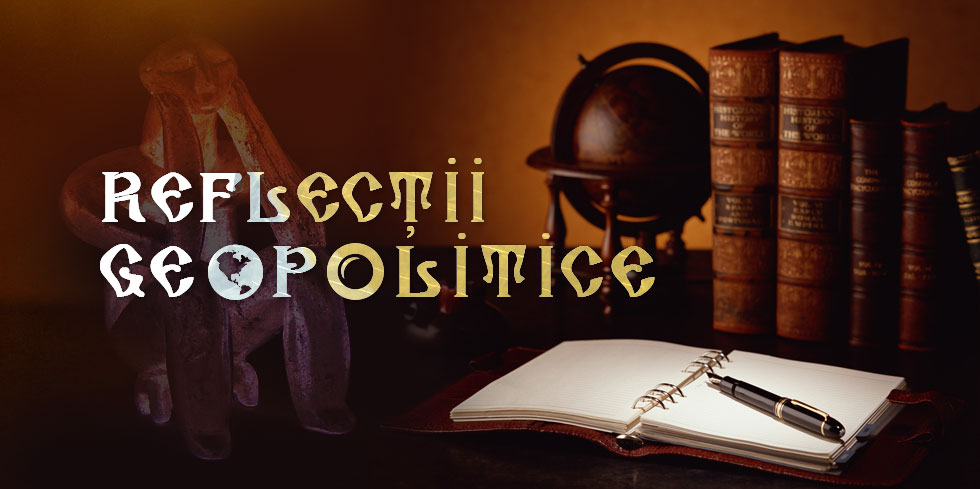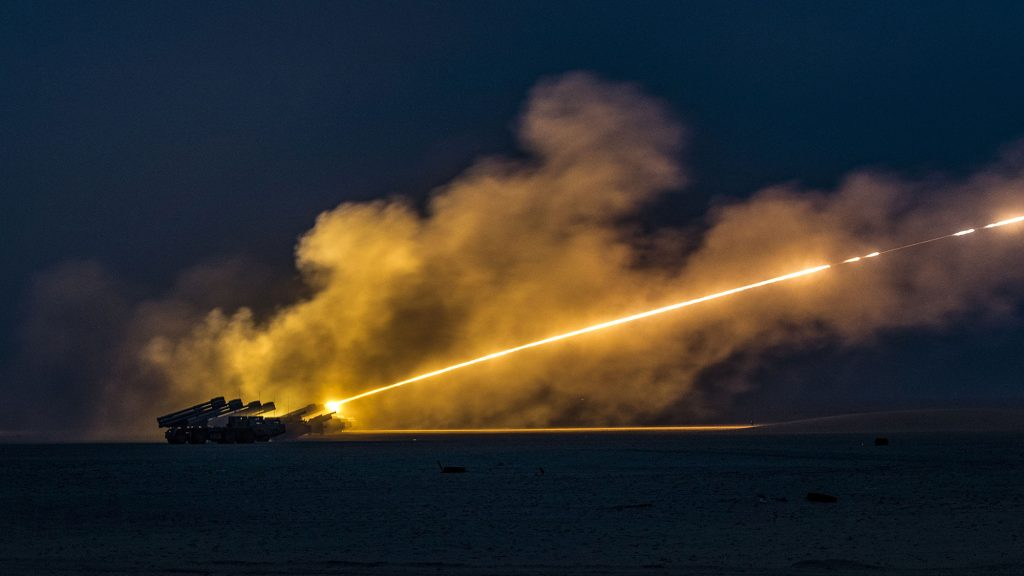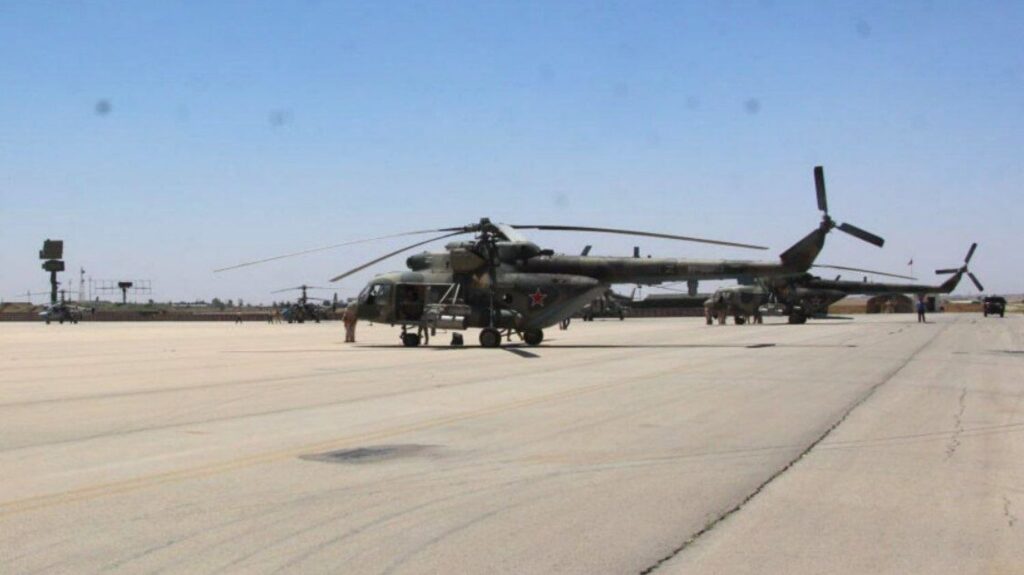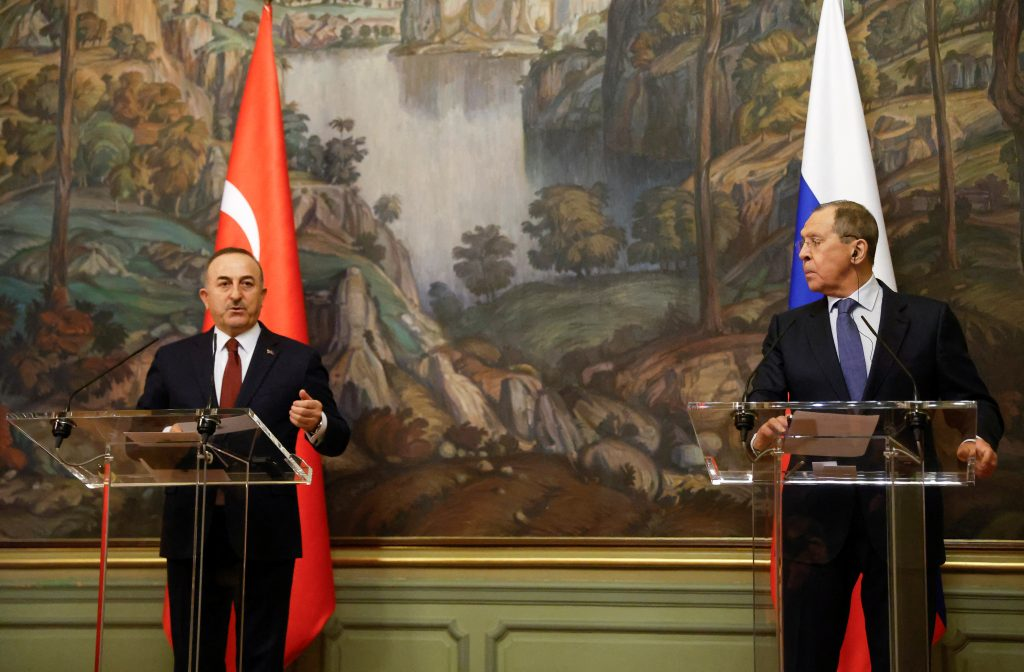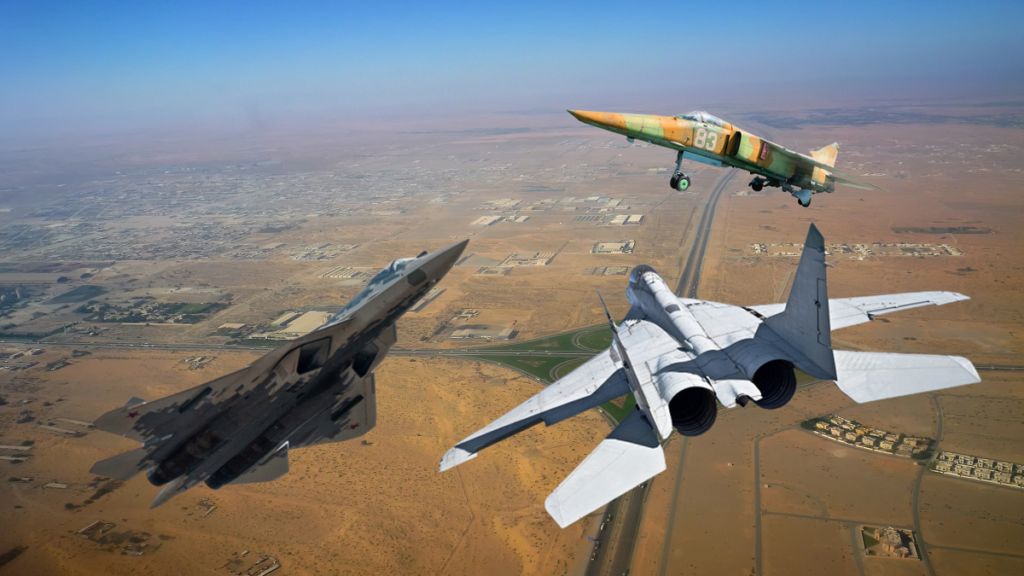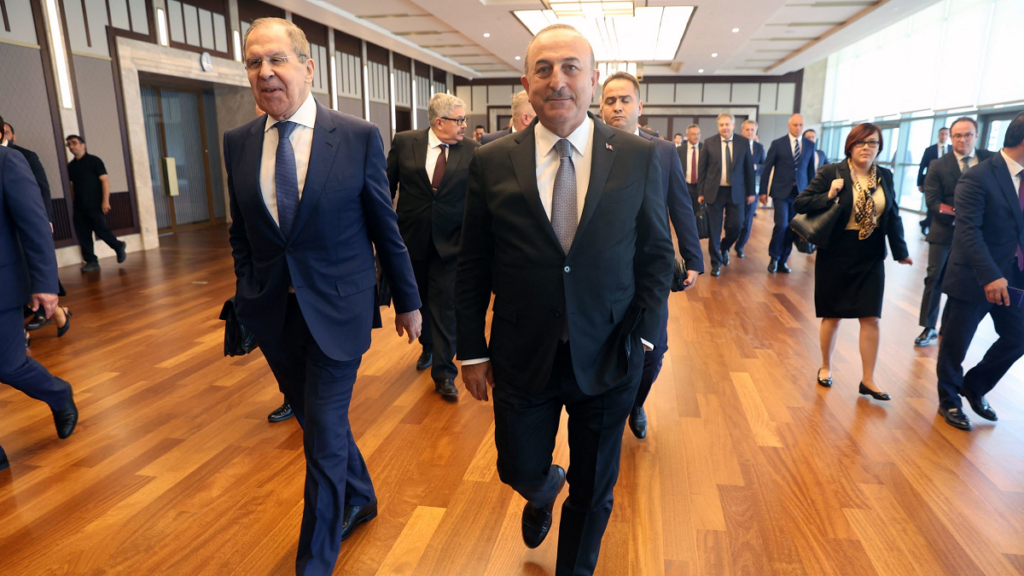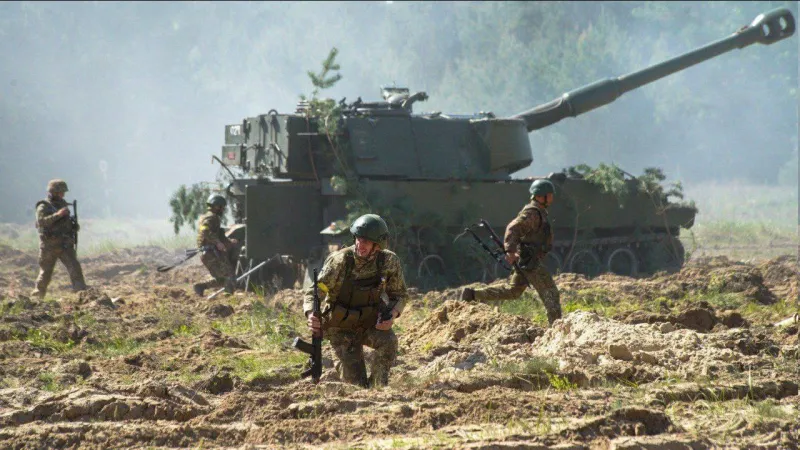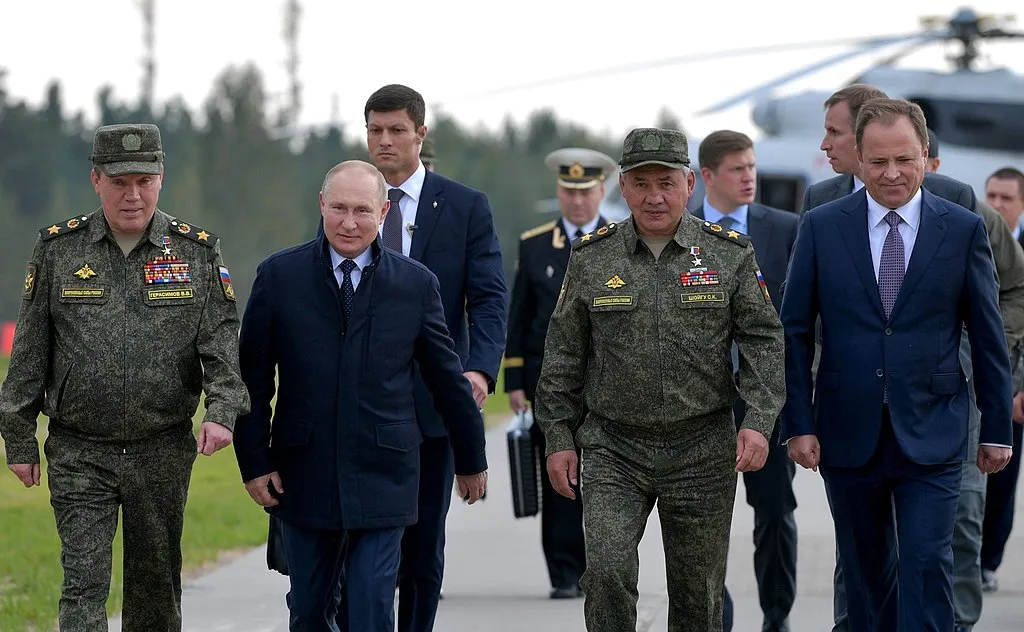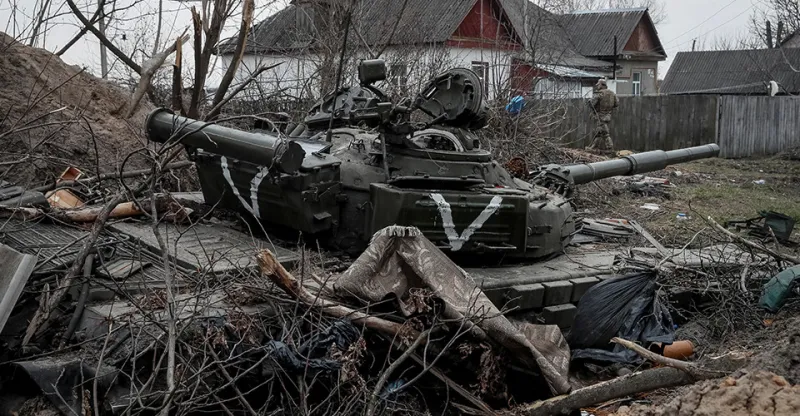A Ukraine Strategy for the Long Haul
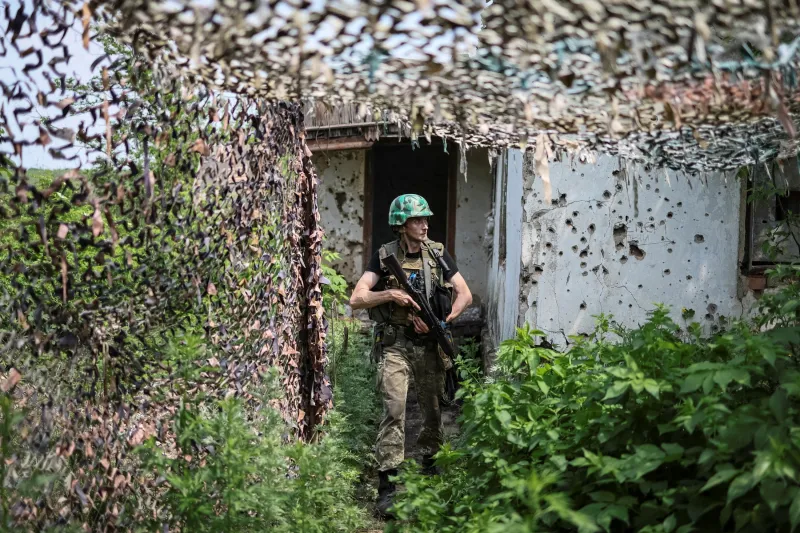
The West Needs a Policy to Manage a War That Will Go On
With Russia’s war against Ukraine having passed the 100-day mark, calls for the conflict to be brought to an end are multiplying in the United States and Europe. Italy has put forward a detailed peace plan, French President Emmanuel Macron has emphasized the importance of giving Russia an off-ramp, and former U.S. Secretary of State Henry Kissinger has suggested that Ukraine ought to consider ceding territory to Russia in exchange for peace.
